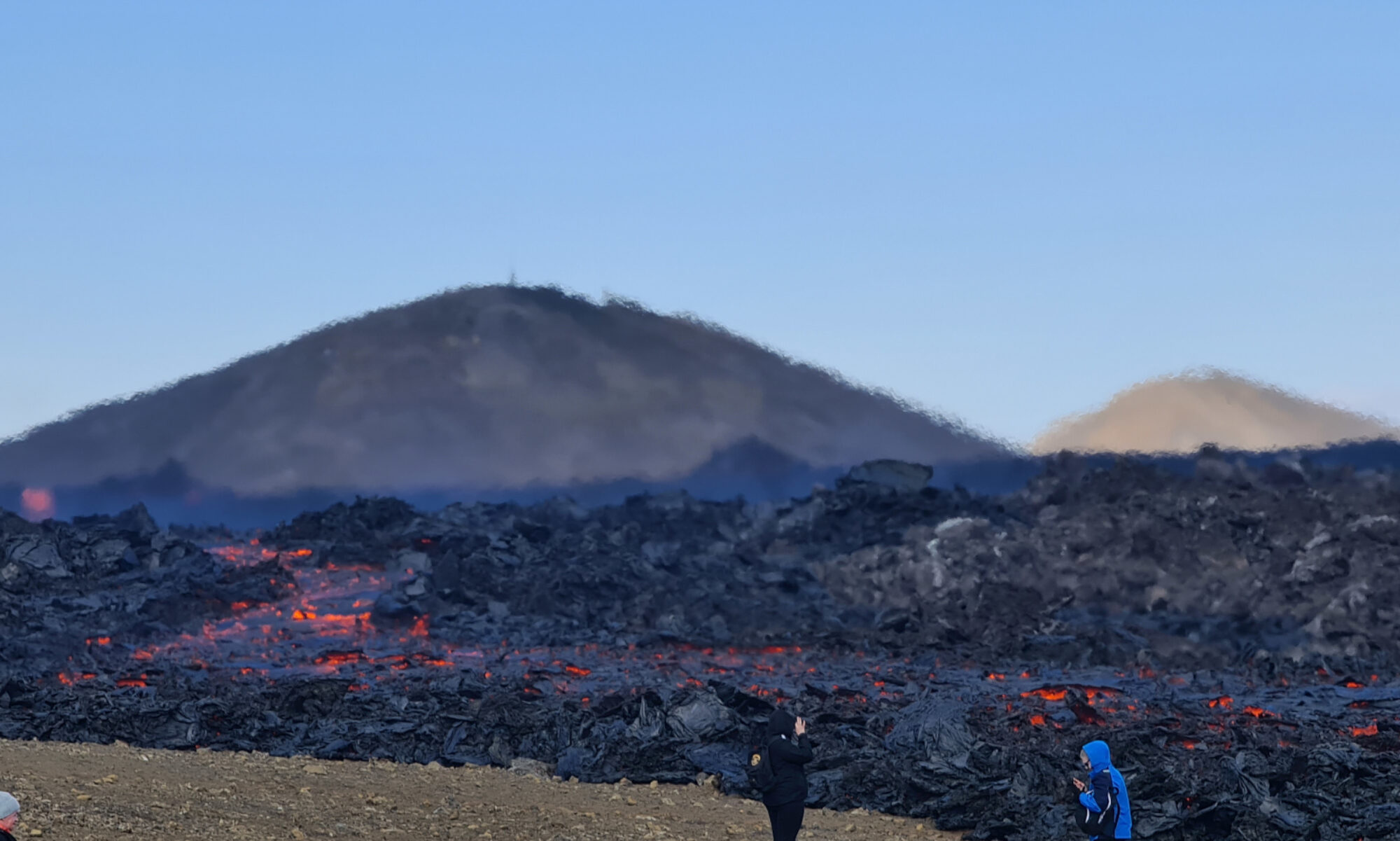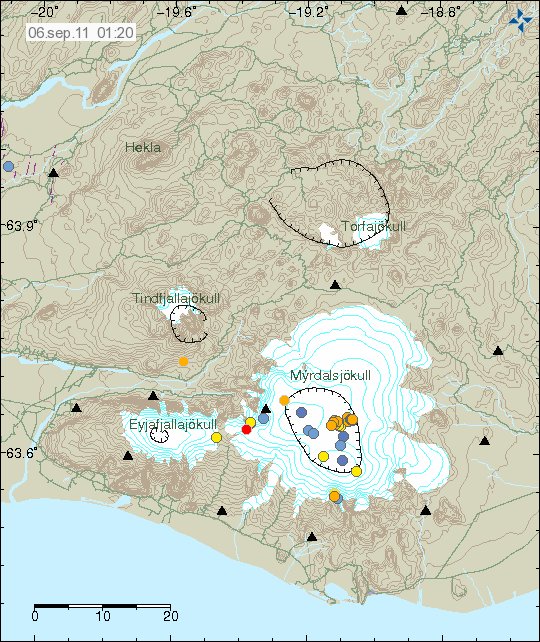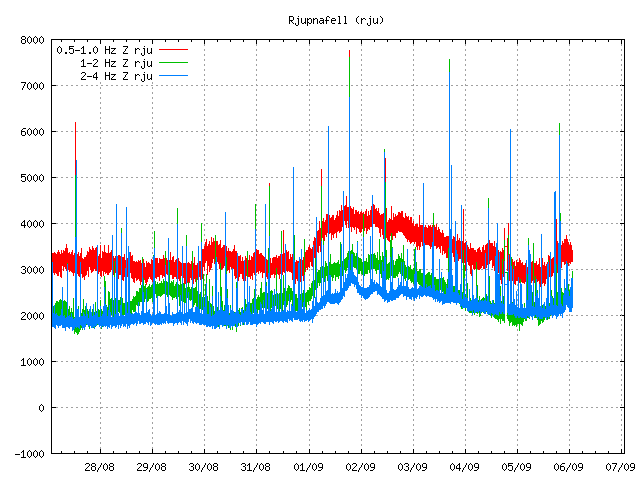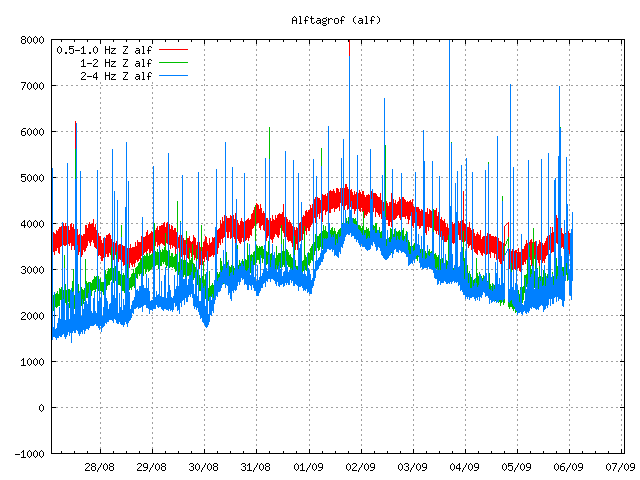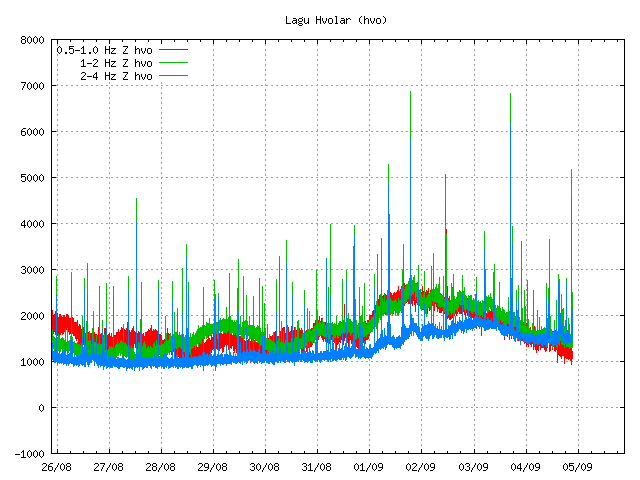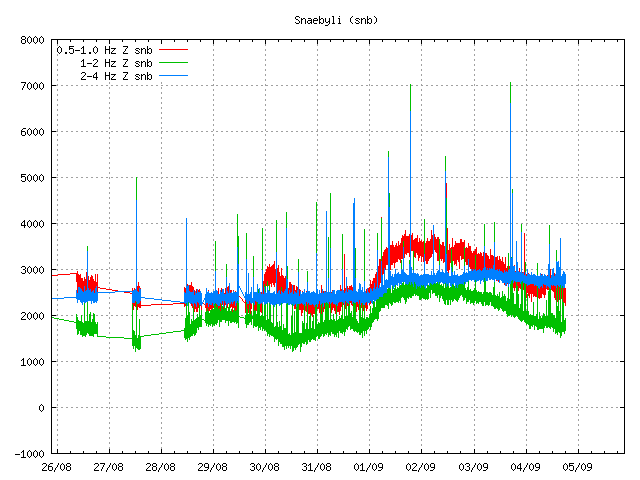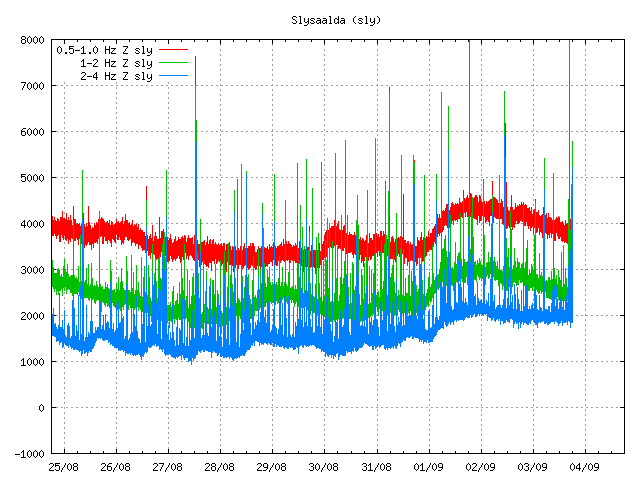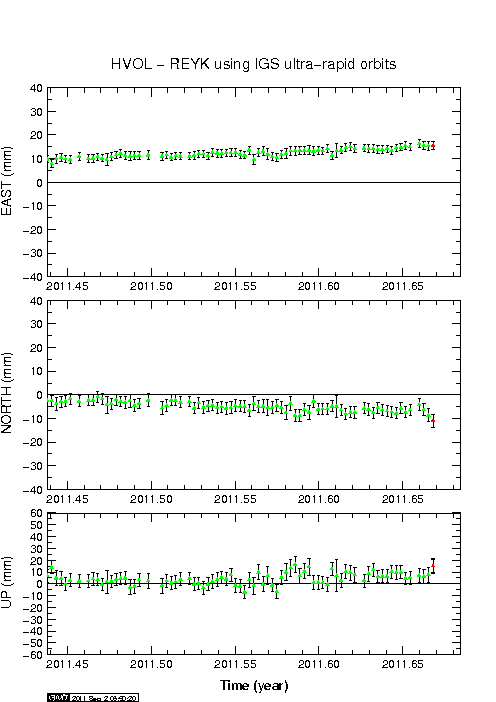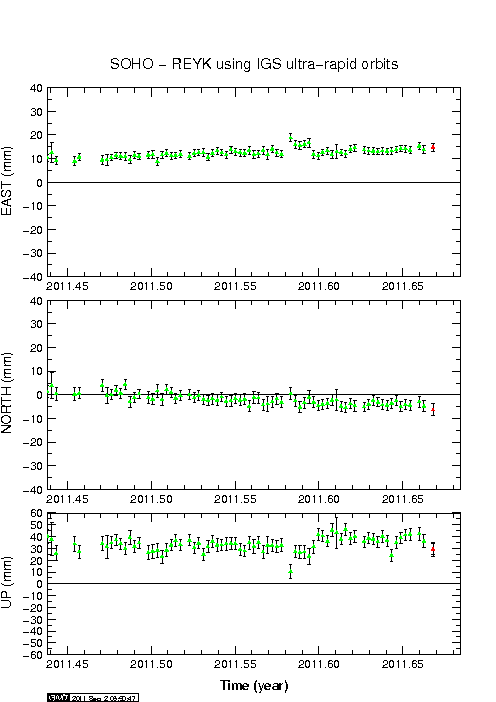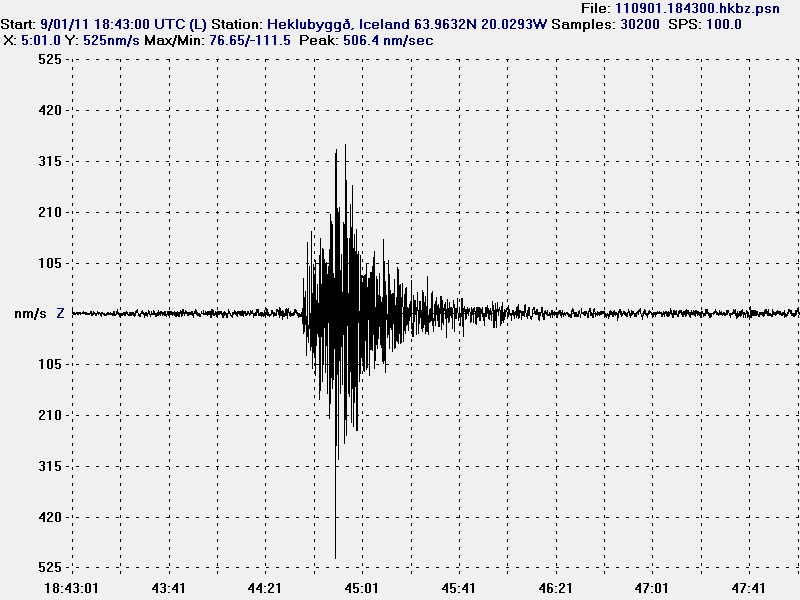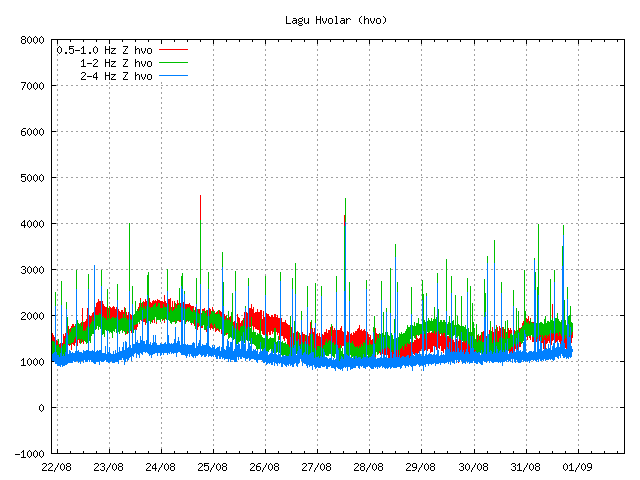There seems to be a strong harmonic tremor pulse starting in Katla volcano. I do not think that this is anything else for the moment. I do not have any more details at the moment. But I am going to post updates when I know more.
Start of the harmonic tremor pulse on the SIL stations that he appears best on.

Slysaalda, north of Katla volcano. Copyright of this picture belongs to Iceland Met Office.
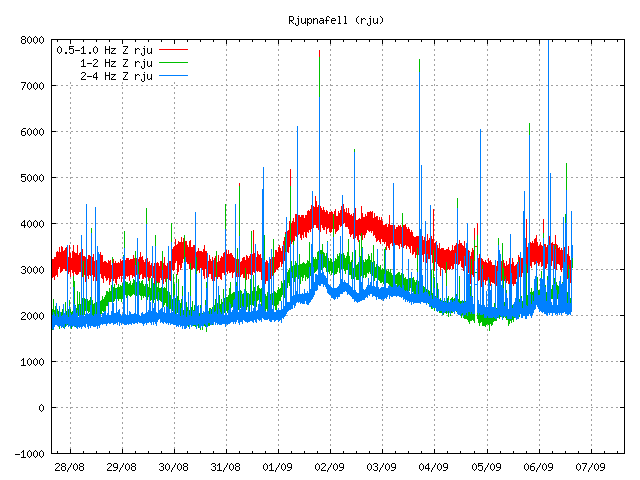
Rjúpnafell, South-west of Katla volcano. Copyright of this picture belongs to Iceland Met Office.

Lágu Hvolar SIL station. Copyright of this picture belongs to Iceland Met Office.
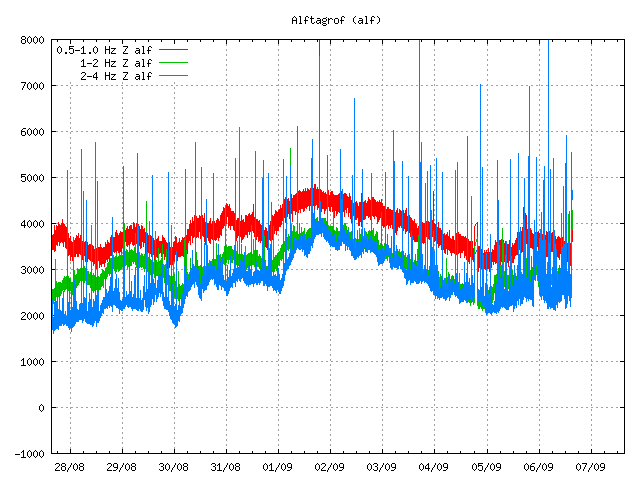
Álftagröf SIL station. South of Katla volcano. Copyright of this picture belongs to Iceland Met Office.
The start of the harmonic tremor event can be seen on the end of harmonic tremor chart. It stands out as it above the background noise on the SIL station. Next update on the SIL stations (10 or 20 min until it happens) is going to show more how big event this is going to be.
More updates when I know more on what is taking place in Katla volcano.
Update 1: The Public Civil Emergency Authority (Almannavarnir) in Iceland has increased monitoring with Katla volcano. But they have not declared any emergency level yet. Announcement about that in Icelandic can be found here. But scientists where flown over Mýrdalsjökull glacier at 18:00 UTC today (6. September 2011).
According to the news there has been increase in conductivity in Múlakvísl river. But for the moment the water level has not increased. There has been speculation that the tremor was created by water on the move. But that is unclear at the moment, however it is quite possible that more water is on the move under Mýrdalsjökull glacier.
Currently the harmonic tremor in Katla volcano has dropped back to normal levels. For the moment everything is quiet in Katla volcano. But that can change at any time without any warning.
News about this in Icelandic.
Órói undir Mýrdalsjökli (Rúv.is)
Fylgjast með aukinni virkni í Kötlu (Vísir.is)
Eftirlit aukið með Kötlu (mbl.is)
Flogið yfir Kötlu (mbl.is)
Update 2: It seems that a new harmonic tremor episode is about to start in Katla volcano. So far it has remained small. But it is impossible to know if that is going to change suddenly or not. Update 2b: There is also some wind noise on the seismometers around Katla volcano. This wind is increasing background noise. It often look like a tremor increase, while in reality it is not.
Blog post updated at 18:37 UTC.
Blog post updated at 18:46 UTC.
Blog post updated at 20:03 UTC.
Blog post updated at 20:29 UTC.

